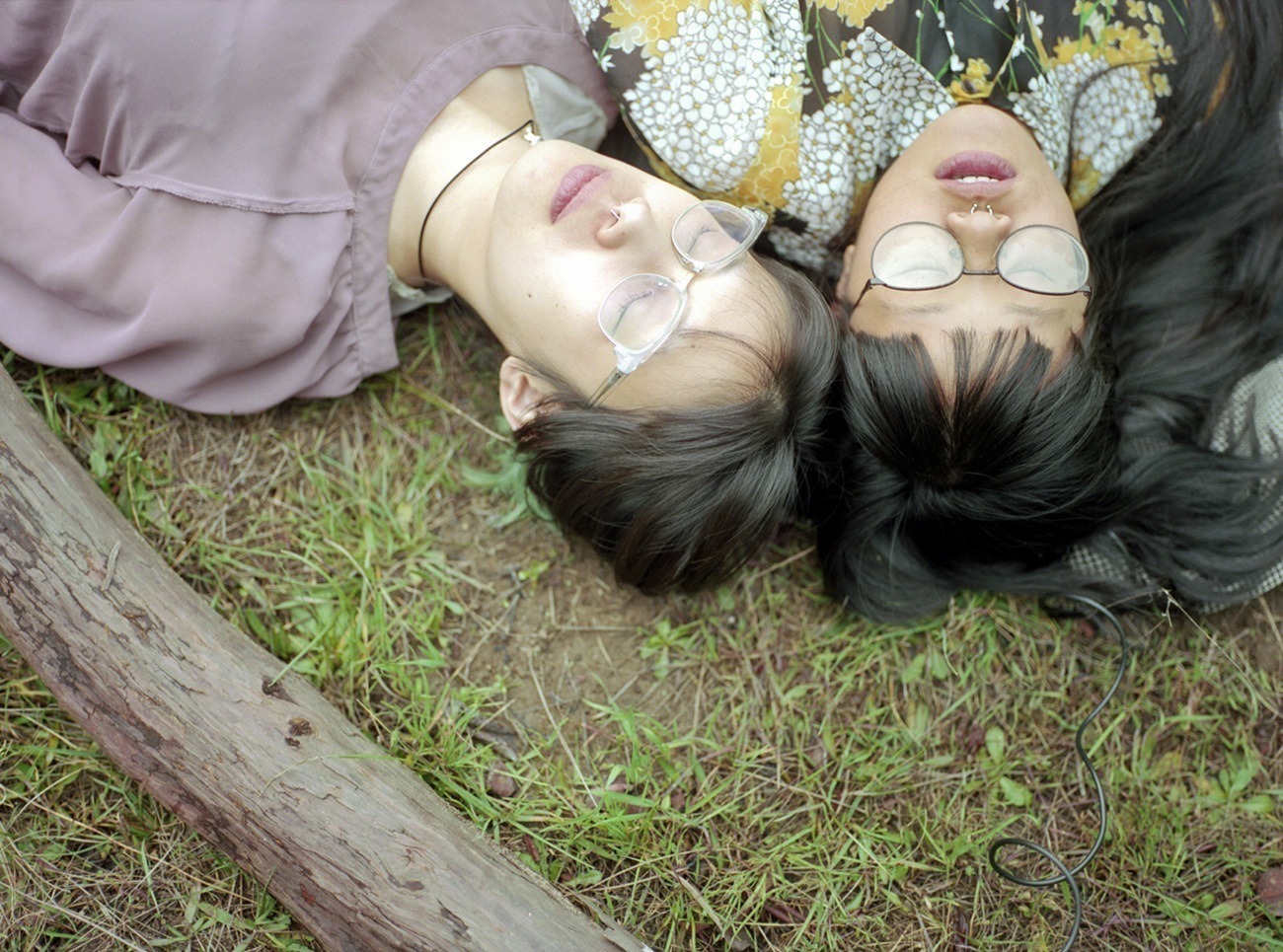Anyone who’s read or seen Scott Pilgrim vs The World is familiar with the plight of Knives Chau, the 17-year-old Chinese-Canadian schoolgirl who hopelessly vies for the affection of several of the series’ fickle white characters. So it caught me off guard when San Fernando Valley-born photographer Vivian Fu confided she frequently gets comparisons to the tortured Knives among other subservient Asian sidekicks. Challenging these tokenized representations of Asian women, Vivian uses photography as a means of exploring her own identity on her own terms. She creates arresting and deeply intimate images of her friends, her partner Tim, and most importantly, herself. Although one of her most compelling series, Me and Tim, documents the blood, sweat, cum, and tenderness shared between two people, its images are singularly Vivian’s. We catch up with the Bay-based photographer about what she’s learned about herself by shooting Tim’s tattoos and why selfies are important.
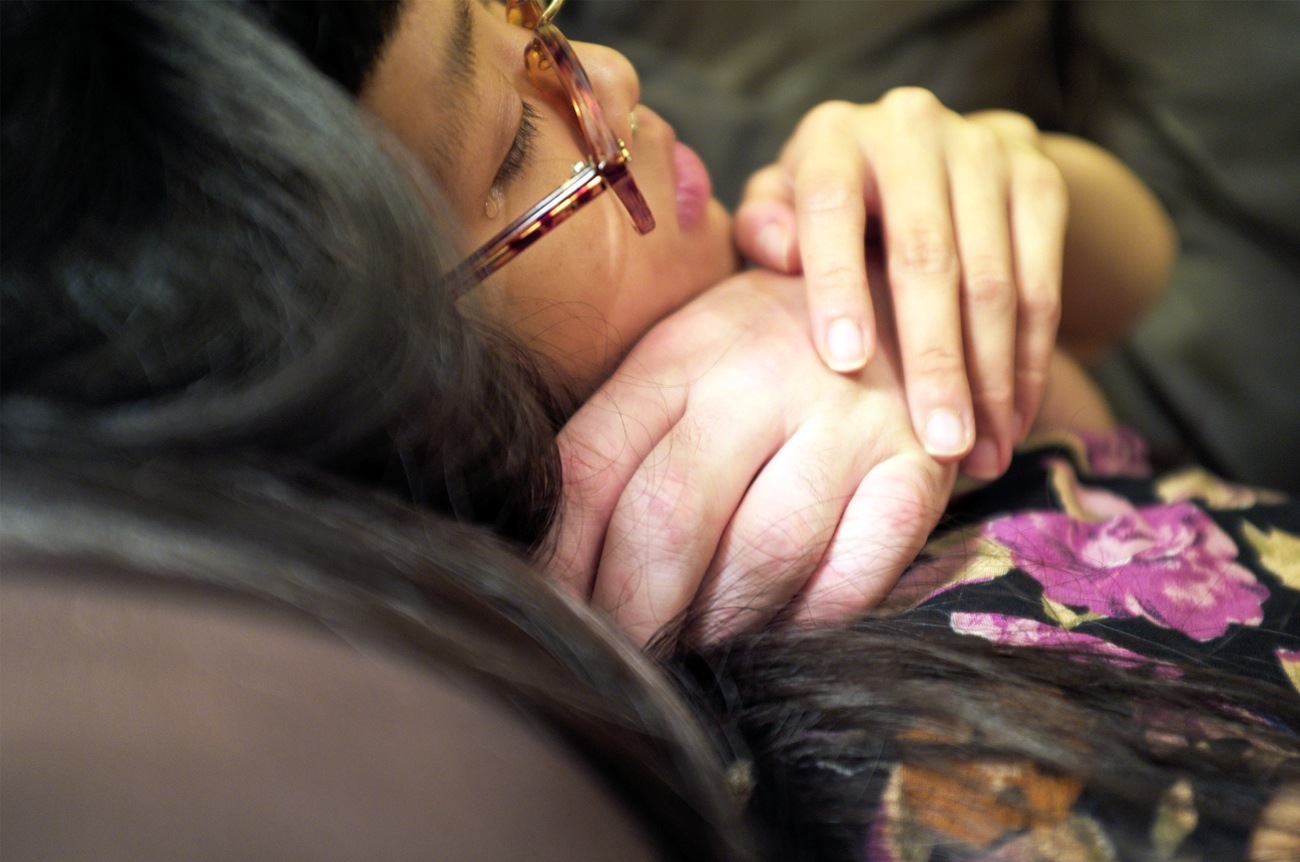
How did you first get into photography?
My parents were kind of strict and didn’t let me go out that often, so I spent a lot of time on the Internet on my mom’s work computer. I found a lot of images on Flickr that I thought were really inspiring, so it was kind of my introduction to photography. I shared the pictures I started making on social media; I would take photos of my friends and post them on my LiveJournal or take selfies and post them on MySpace before I joined Flickr and was exposed to different types of photography.
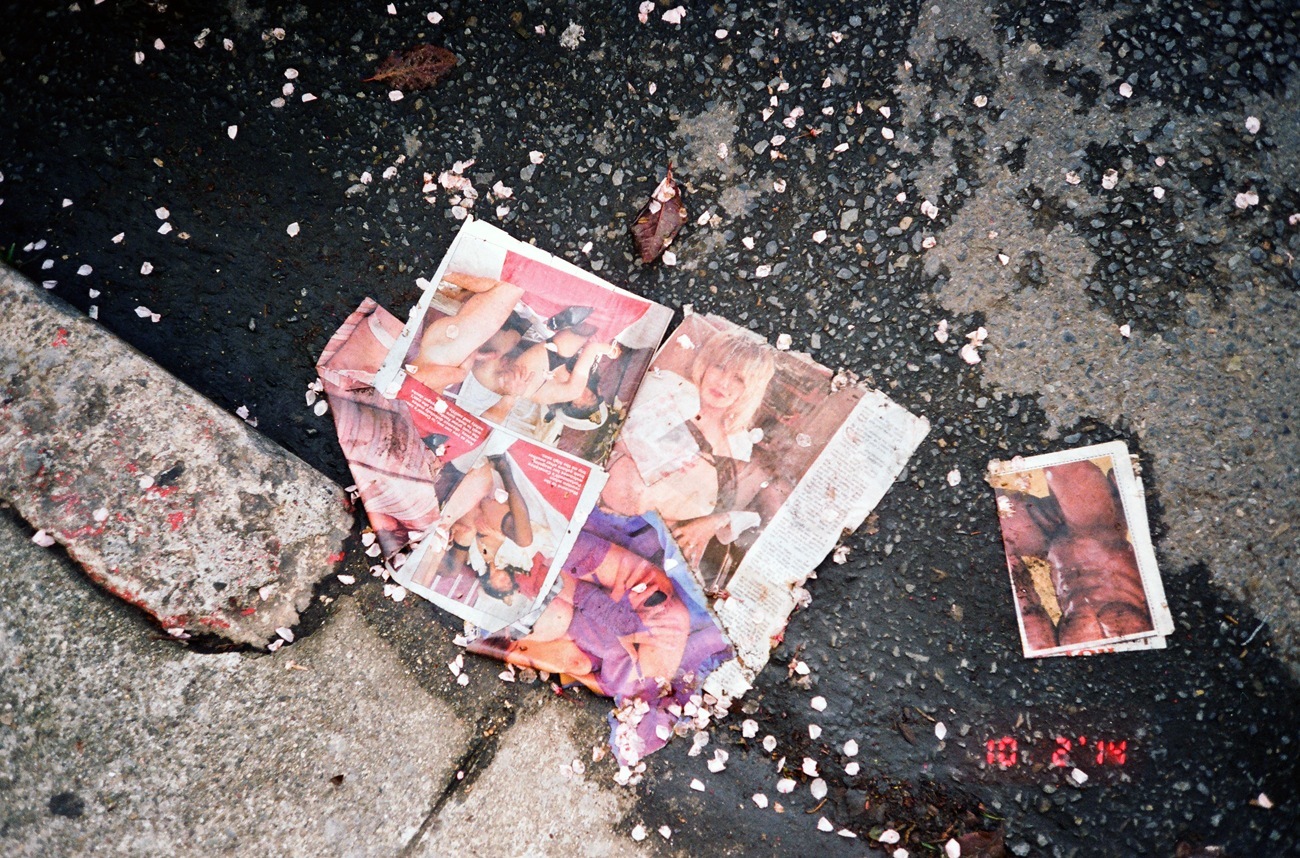
But I don’t think I viewed the importance of the Internet until I started to realize how being able to share my work created a space where I could explore myself through my photography. So I became interested in exploring my own personal narrative and confronting preconceived narratives of Asian women. The Internet is a space where I could not only explore, but put these explorations out for other people to see. It’s been really helpful for me personally, but also artistically.

What motivated you to challenge representations of Asian women, both in your self portraiture and your Asian Girls series?
Although LA is a really diverse city, I grew up in a predominantly white suburb, so a lot of my lived experiences were essentially, “This is a group of white people plus me, an Asian girl.” And as I grew up, that idea of white protagonists and a secondary Asian character became more apparent because I’d get a lot of comparisons or references to characters in those roles-Lane from Gilmore Girls or Scott Pilgrim‘s Knives Chau. It’s weird to be compared to supporting characters who are best friends, love interests, or want to be the love interest of white characters. So growing up with that type of experience and seeing it being reflected in media colored the way the I viewed things.
I started working on the Asian Girls series when I finished college and moved from Santa Cruz to San Francisco so that I could share work, make new friends, and meet new artists. While photography was a great way to explore this new space that I was living in, I also got a lot of comparisons to other Asian women within the work that I was making because we’re Asian rather than comparisons to other artists I felt my work was in conversation with. It made me think about the way that women in general are pitted against each other-this weird idea of competitiveness-and how I really didn’t like that. So the series was a way of dealing with this variety of thoughts, as well as a confrontation of those feelings and observations of tokenization and fetishization I had growing up.

Your Me and Tim series is about your relationship, but it’s also about ownership of your own body. Do you feel it’s coming from a similar place as your other work?
It is a series about me and Tim, but more specifically, it’s a series about me. It documents the love and tenderness between me and my partner, but yes, documenting our relationship is another way I’m exploring those issues I experienced growing up. It’s about feeling vulnerable, but also creating strength through photography and imaging myself-a way of exploring my identity, my body, and my relationship with this other person. And although it’s not dominant, I think it’s apparent in Me and Tim that I’m the image maker. I’ve always been documenting myself and my life, but I don’t think I really realized the importance of that to me until I was older. In general, I think photography is a way for me to say ‘this is me, this is my identity; I don’t want to have this pre-created idea of who I am projected on to me.’ Instead, it’s about creating and owning my own thing.
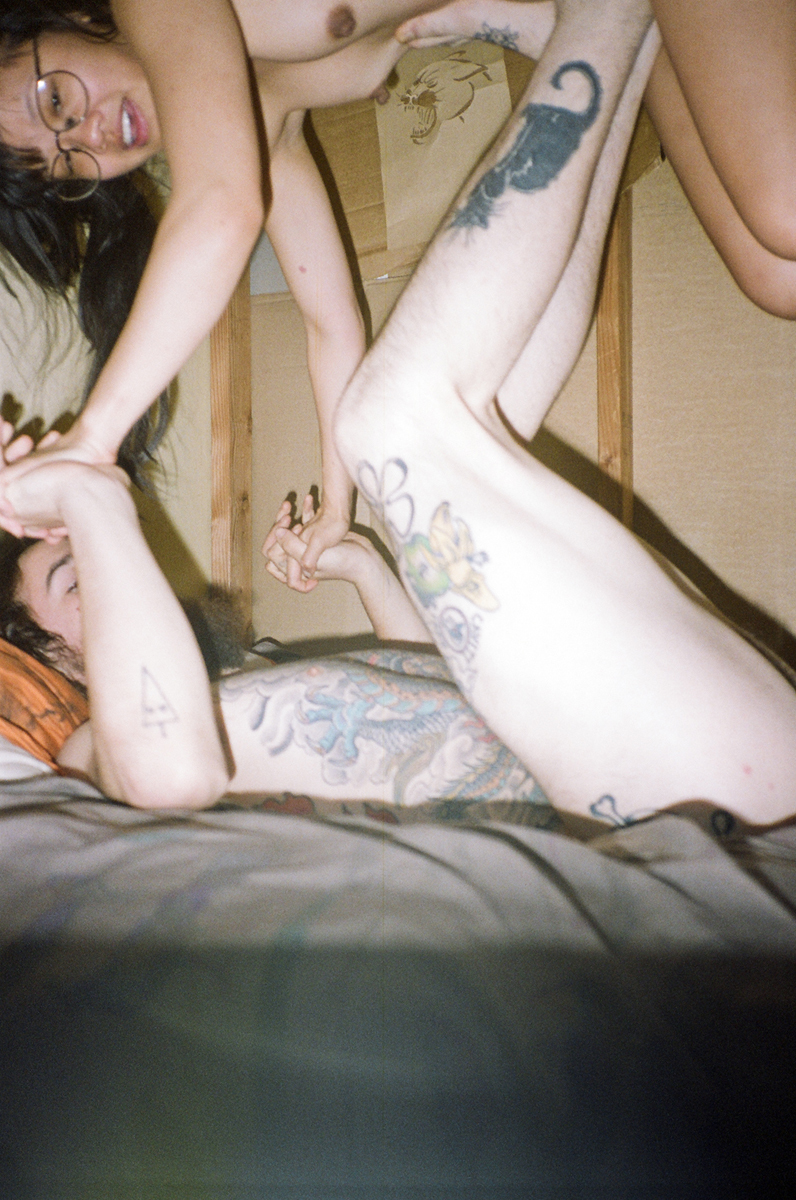
Do you think selfies are important?
I do think they are, especially for people who don’t see much representation in the mainstream. Things are changing because people are demanding that kind of representation, and it starts from these people representing representing themselves–outputting narratives that aren’t stereotypes. Many people don’t realize their opinions might be problematic, and maybe it’s because they aren’t seeing diversity around them. Selfies are a space for people to represent themselves, and from that, for us to better understand each other.


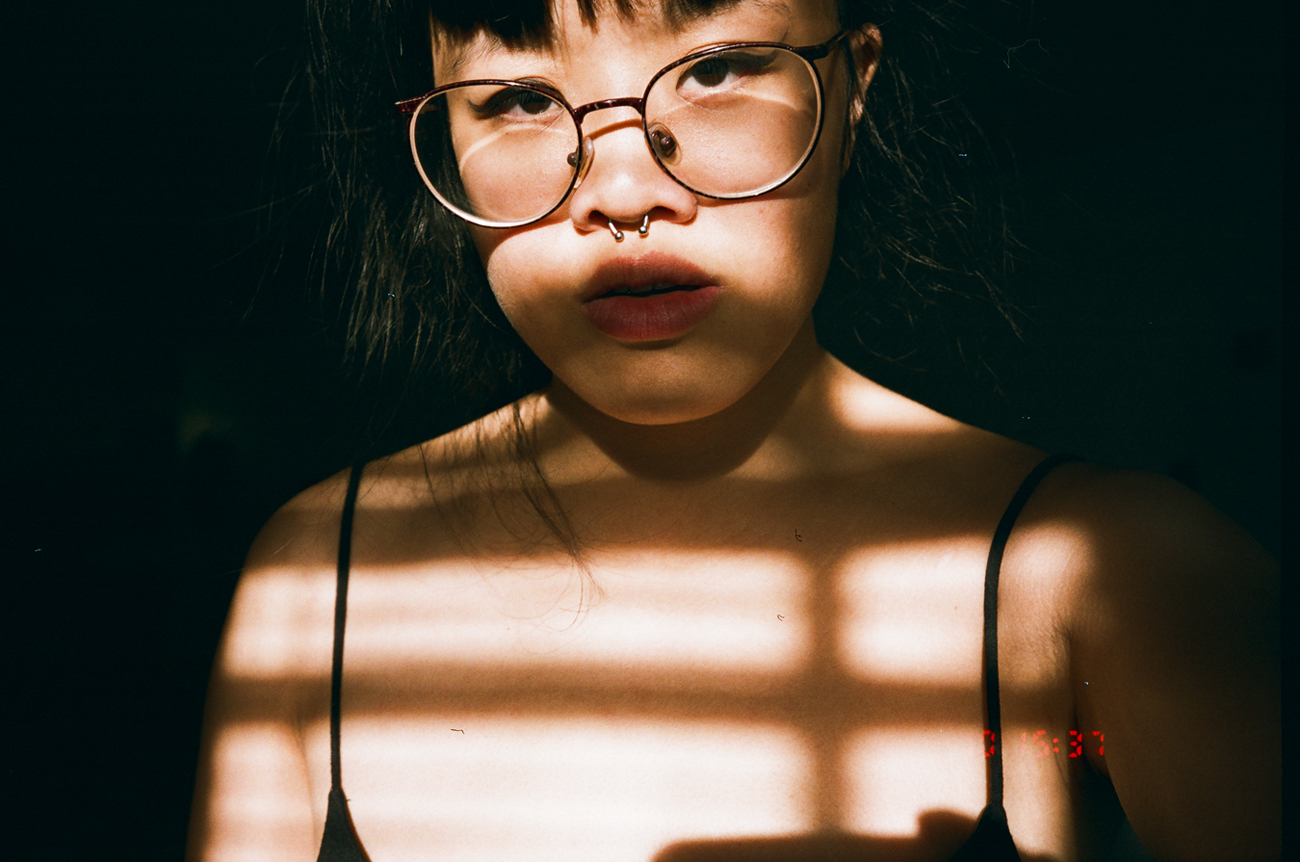
Credits
Text Emily Manning
Photography Vivian Fu
